Book Cover & Layout
Book Cover & Layout -

Book Cover:
A book cover is the outermost protective and visually appealing design element of a book. It serves multiple purposes, including grabbing the attention of potential readers, conveying the book’s genre or theme, and providing a glimpse into the content. Key elements of a book cover include:
1. Front Cover: The front cover is the primary area that captures the reader’s attention. It typically includes the book title, author name, and may feature artwork, images, or illustrations related to the book’s subject matter.
2. Spine: The spine of a book is the vertical edge that is visible when the book is on a shelf. It usually displays the book title, author name, and publisher’s logo.
3. Back Cover: The back cover provides additional information about the book. It may include a book summary, endorsements or reviews, author bio, barcode, ISBN, and publisher’s information.
Book Layout:
Book layout refers to the arrangement and presentation of text, images, and other visual elements within the pages of a book. It encompasses various design elements and considerations to create a visually appealing and readable format. Key aspects of book layout include:
1. Margins: Margins are the spaces around the edges of each page, allowing for comfortable reading and preventing content from being too close to the edges.
2. Typography: The choice of fonts, font sizes, and line spacing plays a crucial role in readability. It’s important to select fonts that are legible and appropriate for the book’s genre or theme.
3. Chapter Headings: Clear and visually distinct chapter headings help readers navigate through the book. Consistency in font styles and formats for headings enhances readability.
4. Page Numbers: Sequentially numbering pages helps readers track their progress and easily refer to specific sections of the book.
5. Headers and Footers: Headers and footers often include relevant information such as chapter titles, book title, or author name, providing context throughout the book.
6. Images and Illustrations: Placement and integration of images or illustrations within the text should be visually appealing and relevant to the content. They can help break up the text and enhance the reading experience.
7. Table of Contents: The table of contents provides an organized outline of the book’s sections, chapters, or major topics, helping readers navigate the content easily.
8. Alignment and Spacing: Consistent alignment, spacing between lines, paragraphs, and sections contribute to a visually pleasing and well-structured layout.
The book cover and layout work together to create an enticing and visually appealing reading experience. A well-designed book cover can attract readers and entice them to pick up the book, while a thoughtfully crafted layout ensures readability and enhances the overall enjoyment of the content.
Post Categories
Outline Project
Digital Marketing
Social Media Marketing
Website designing
Collaboration
Collaboration tips
Digital Marketing company
Email Marketing
PPC Marketing
SEO Services
Digital Marketing Delhi
SEO Marketing in delhi
Visual Identity in Delhi
Website Designing in Delhi
Publishing Design
Outdoor
Object & Volume
SEO & SMO
Visual Identity

